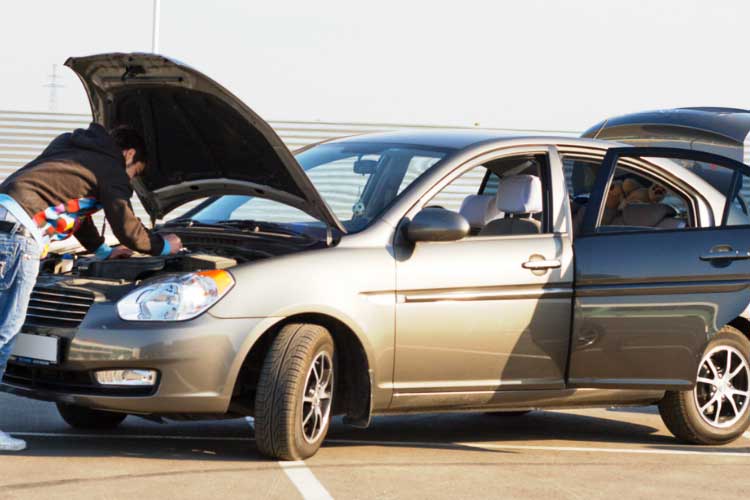Anything wrong with the radiator hose will always overheat the engine. However, issues with the hose can easily be resolved if you know the cause of the problem.
So why exactly car overheating after changing hose? There are several causes for it. However, in general, coolant system issues or radiator issues might be the key factors.
If you’ve recently changed a hose in your car and are now experiencing overheating, there are a few things you should know. We’ll give you a convenient explanation of the possible causes of your car’s overheating after changing a hose. Here, we’ll also go over all the relevant data.
Car Overheating after Changing Hose: Causes and Fixes

There are several reasons why overheating may occur. Let’s quickly review the table below first.
| No. | Causes | Short Description | Solution/precaution |
| 1 | Coolant System Leak or Malfunction | Improper installationFaulty hose | Check the coolant level |
| 2 | Radiator Issue | A radiator leakPoor heat dissipation | Go to a Technician |
| 3 | Thermostat Failure | The flow of coolant is not controlled by the thermostat | Take your car to a mechanic |
| 4 | Water Pump Failure | Low coolant circulation | Check water pumpConsult an expert |
It’s crucial to note that this chart is not exhaustive and that there may be other factors not included. Hence, it’s recommended to always have a qualified technician check out your automobile in order to pinpoint the issue and take the necessary steps accurately.

1. Coolant System Leak or Malfunction
A leak or other issue with the coolant system is one of the most frequent reasons for a car to overheat after a hose has been changed. This could occur if the hose was not attached correctly or if it has a flaw.
Likewise, a leak in the coolant system can result in a loss of coolant, which might cause the engine to overheat. A similar problem might potentially arise from a hose issue, such as a blockage, which would result in inadequate coolant circulation.
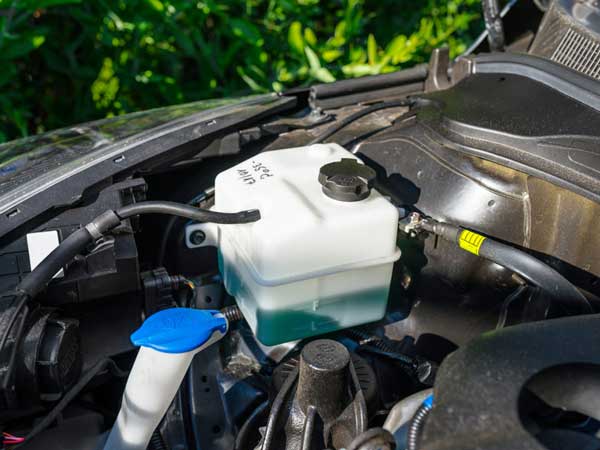
Potential Fixes and Precautions
To diagnose a coolant system leak or malfunction, you’ll want to check for visible leaks, check the coolant level, and look for any signs of discoloration or debris in the coolant. If you feel you can’t get it, call someone who’s an expert. The only fix, in this case, is completely replacing the hose.
2. Radiator Issues
Another potential cause of car overheating after changing a hose is an issue with the radiator. The radiator is responsible for dissipating heat from the coolant as it flows through the engine. So if it’s not functioning properly, the engine can become too hot.
A jammed radiator can be caused by an accumulation of debris or rust, which can obstruct coolant flow. Furthermore, if the radiator leaks, the coolant will run low, resulting in overheating.
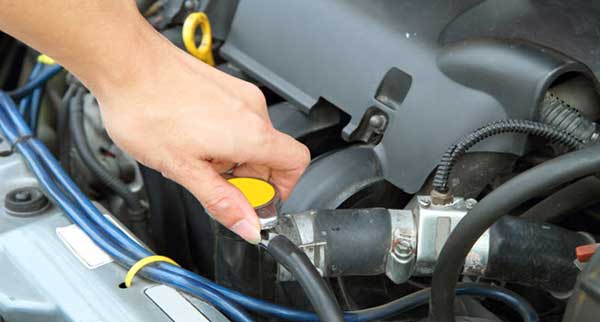
Potential fixes and Precautions
If you suspect a radiator problem, take your vehicle to a technician to be checked out. They will check the radiator and perhaps perform tests to look for any issues. Don’t ignore these issues since they may cause long-term damage to your vehicle.
3. Thermostat Failure
A broken thermostat is another potential reason why a car overheated after a hose was replaced. Because the thermostat controls how much coolant flows through the engine, a malfunctioning thermostat can cause the engine to run excessively hot.
There are several potential causes of thermostat failure, including debris accumulation or a broken valve.
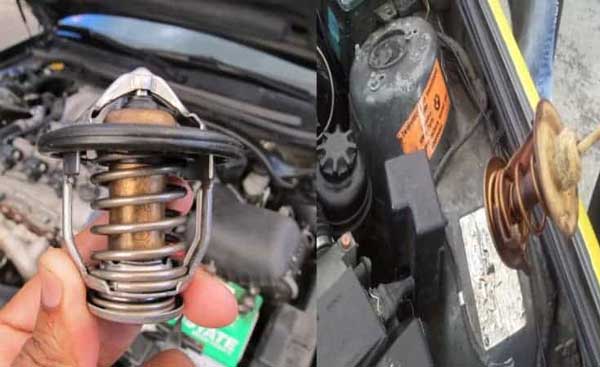
Potential Fixes and Precautions
In that situation, the only option is to replace it. You should use caution in this situation. Although, depending on the circumstances, it may be necessary to correct it slightly.
So, if you suspect a thermostat failure, take your vehicle to a mechanic to be examined. They will be able to assess the problem and, if required, replace the thermostat.
You may watch this video to have a better understanding of how to replace a thermostat:
Replacing a Thermostat: Cost Estimation
Let’s have a quick look at the estimated cost of replacing a thermostat.
| Reasons | Cost |
| Labor | Up to $80 |
| Cost of thermostat | Up to $35 |
| Total Time | Up to 2 Hours |
| Total Cost | Approximately $200 |

It is essential to keep in mind that the aforementioned price only includes labor; other costs, such as towing fees, tool rentals, fluid costs, and other possible job-related costs, may arise during the replacement.
4. Water Pump Failure
Another component that, in the event of failure, might result in the automobile overheating is the water pump. The coolant is pumped through the engine and radiator by the water pump. Therefore, if it isn’t functioning correctly, the coolant may not be moving through the engine as it should.
This may cause the engine to run hotter than normal and cause the temperature indicator to rise.
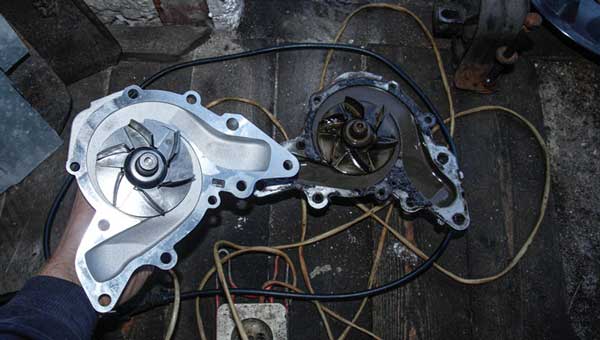
Potential Fixes and Precautions
Water pump failure can happen due to various reasons such as bearing wear, impeller malfunction, or leakage. You should check if the water pump is the root if you think you are experiencing overheating after changing a hose.
Otherwise, a mechanic will be able to identify the problem by inspecting the pump and running a diagnosis. Thus, it is always a wise idea to take an expert’s consultancy for any automobile issues.
If you’ve recently changed a hose on your car and are now experiencing overheating, you may be interested in our articles on car overheating after an oil change and car overheating when driving but cooling at idle. These articles provide valuable information and solutions to common car overheating issues, such as oil cooler failures, coolant leaks, and fan problems. Whether you’re experiencing overheating after an oil change or your car overheats when driving but cools at idle, our team at Car Problem Solved can help you troubleshoot and fix the problem.FAQs
Do you still have some questions regarding your automobile heating after changing the hose? Have a look at this section.
Yes, you can. You may look for obvious leaks and check the coolant level. But it is recommended to have a qualified mechanic examine the issue to guarantee an accurate diagnosis.
Yes, if the overheating is not addressed, it can cause damage to the engine and lead to costly repairs.
No. Driving an overheated automobile is not recommended since it might cause severe engine damage. If your automobile is overheating, pull aside and turn off the engine until the problem is resolved.
Conclusion
In conclusion, car overheating after changing the hose can be caused by various factors such as coolant system leaks or malfunction, radiator issues, thermostat failure, or water pump failure. It is important to diagnose the problem early, and address it before it causes further damage to the engine.
However, if you’re not sure about it, you should avoid it. To avoid this problem, have a skilled technician repair your hoses and do any other maintenance on your vehicle. Thus, you can guarantee that your automobile operates smoothly and avoid costly repairs.
